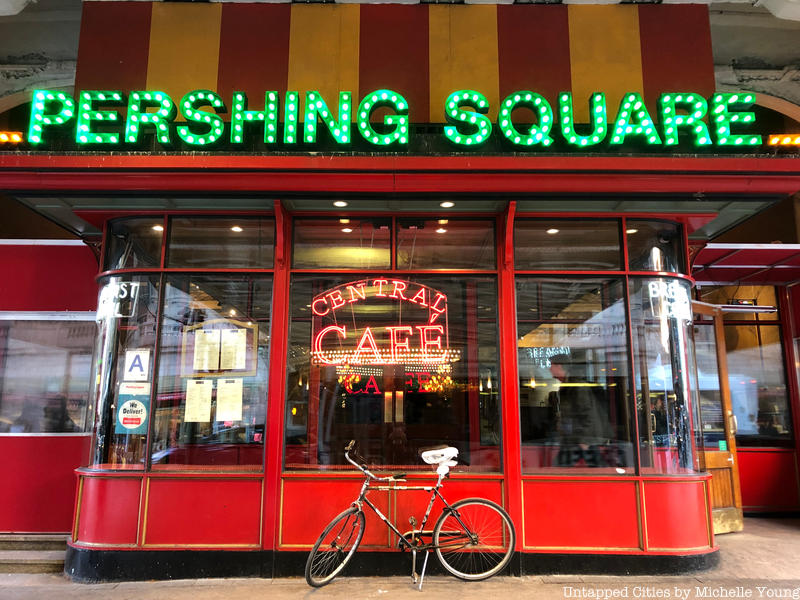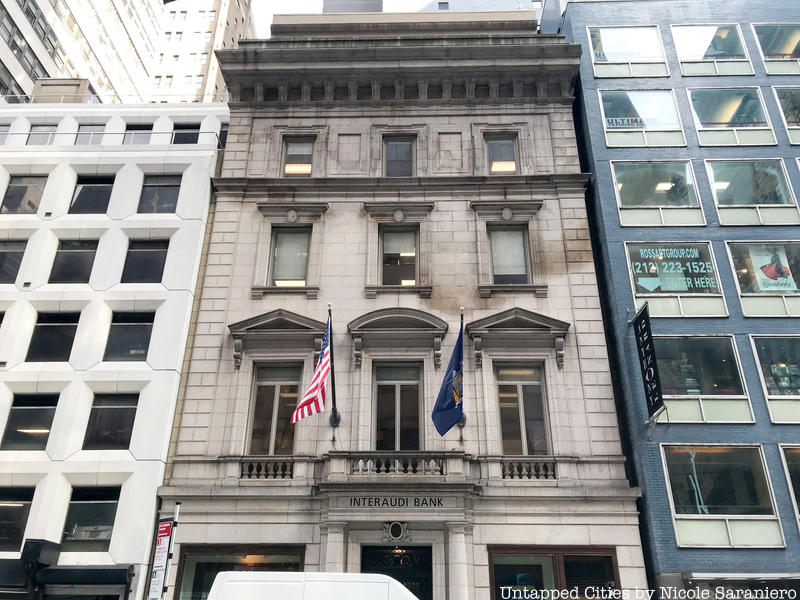
A while back, Untapped Cities reader Cathleen Mayrose sent us a photograph of the Second Empire facade of the 59th Street Bloomingdale’s department store being painted over in black. Whether or not they are welcomed, these changes are typical in a city like New York, which is constantly being eyed by developers and businesses looking to plant a flag on a profitable property. And without landmarking, historical buildings can easily become a target.
In attempting to protect New York City’s architecturally and historically significant sites, the Landmarks Preservation Commission (LPC) grants “landmark” or “historic district” status to various properties across the city. Recently, it designated 12 historic buildings in Midtown East as city landmarks after conducting a survey of East 39th to East 57th streets, from Fifth Avenue to Second Avenue.
The agency selected the following sites, which fall into three key eras: Pre-Grand Central Terminal (development through the 1910s); Grand Central/Terminal City and Post Grand Central (buildings constructed after 1933).
Pre-Grand Central Terminal Era:
12. Minnie E. Young Residence, 19 East 54th Street

The Renaissance Revival style townhouse at 19 East 54th Street was built in 1899-1900 for Minnie E. Young, the widow of stockbroker Albert Young, and one of five siblings who inherited a fortune from their uncle, Lewis Ginter, the founder of American Tobacco Company.
The structure itself reflects the “upper class tastes” of well-off New York City families during the early 1900s. During that time, the area around Fifth Avenue in East Midtown was a thriving residential area, and the Young House reflects that. It is noted for its 40-foot-wide granite facade, window balustrades and stone cornice, among other features.
As the neighborhood began to shift to a business center by the 1910s, the house was also repurposed for a variety of uses, including a dressmaking firm (Lucille Ltd.), the Kenneth Beauty Salon, the Bank Audi (now Interaudi Bank), and the English Speaking Union.





